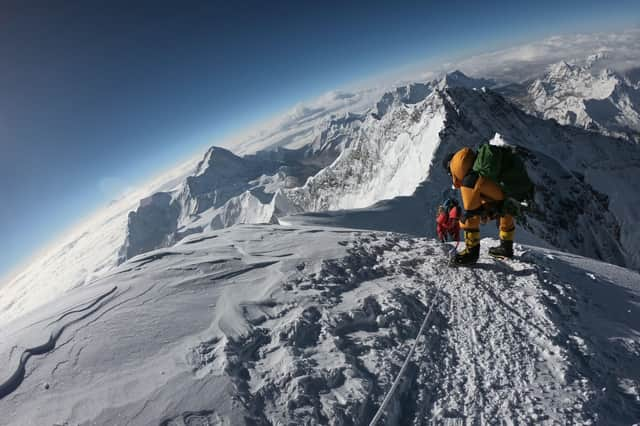Colonel Pottinger lectures on Mount Everest attempts (1921)


The subject of the lecture was ‘The Conquest of Mount Everest, and Other Himalayan Explorations’ and was arranged by the Ulster Public Officers’ Association.
Mr William P Kent (USA Consul in Belfast) presided, and there was a large attendance at the meeting.
Advertisement
Hide AdAdvertisement
Hide AdIn introducing Lieutenant-Colonel Pottingcr, the chairman said that “the thoughts of the entire civilised world had been following the footsteps of those daring explorers who had set out to attain to the pinnacle of the earth in the ascent to the summit of Mount Everest”.
He added: “Insurmountable difficulties had interfered with the complete success of the expedition. Of the difficulties encountered by the organisation which had undertaken the task, of the scientific aspects, and of the results expected to ensue from it, the very meagre publication of same had stimulated our appetites for more.”
He continued: “We are particularly fortunate in being in the position this evening of listening to a lecture to be delivered by a distinguished officer – himself an intrepid explorer – who has given a special study to the scientific aspects of the expedition, and who is of noted Belfast ancestry.”
Colonel Pottinger, who was cordially received, divided his lecture into three parts, and at the outset explained by means of a series of maps thrown upon the screen, the topographical features of the country where the exploring party had carried out their investigations.
Advertisement
Hide AdAdvertisement
Hide AdHe also also explained the many peculiar difficulties with which they were faced so far as the conditions of the country were concerned, one of which was the very rarefied nature of the air, “which was such that aeroplanes cannot be effectively used”.
Another obstacle to the ascent of Mount Everest was the weakness of the human body, he said.
“The highest altitude which mountain climbers have reached is 25,000 feet; Mount Everest is 29,000 feet and personally I am doubtful if ever the extra 4,000 feet would be reached.”
Comment Guidelines
National World encourages reader discussion on our stories. User feedback, insights and back-and-forth exchanges add a rich layer of context to reporting. Please review our Community Guidelines before commenting.